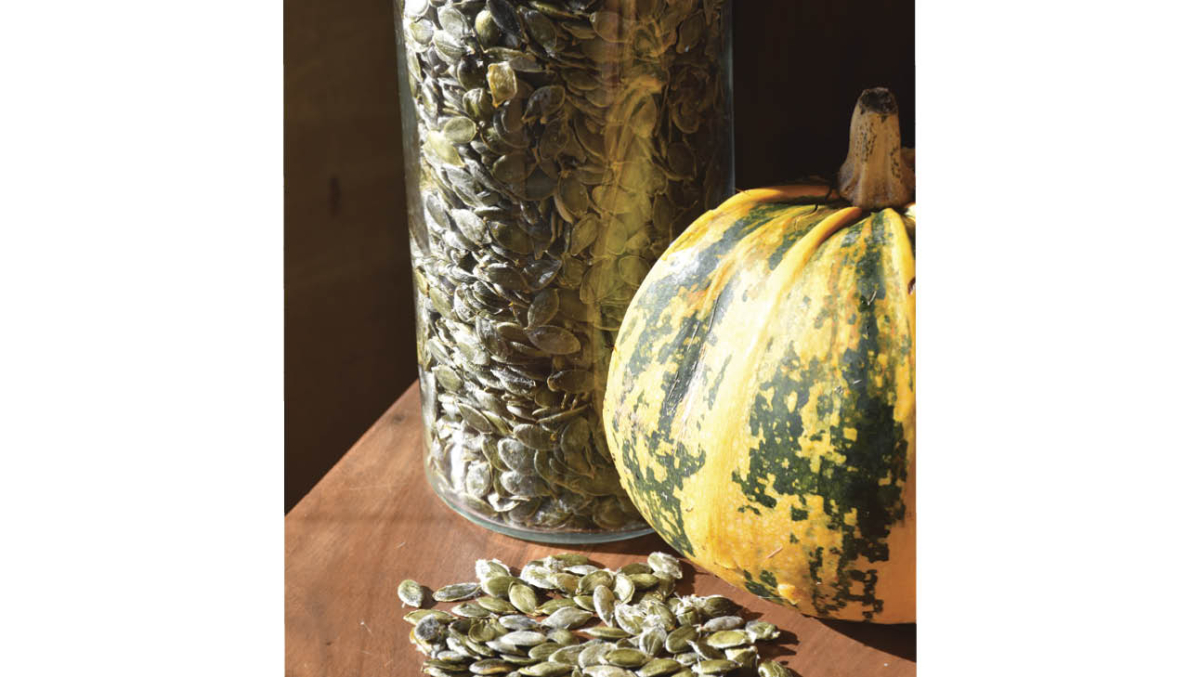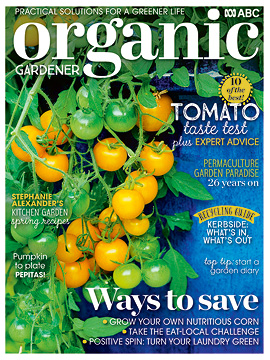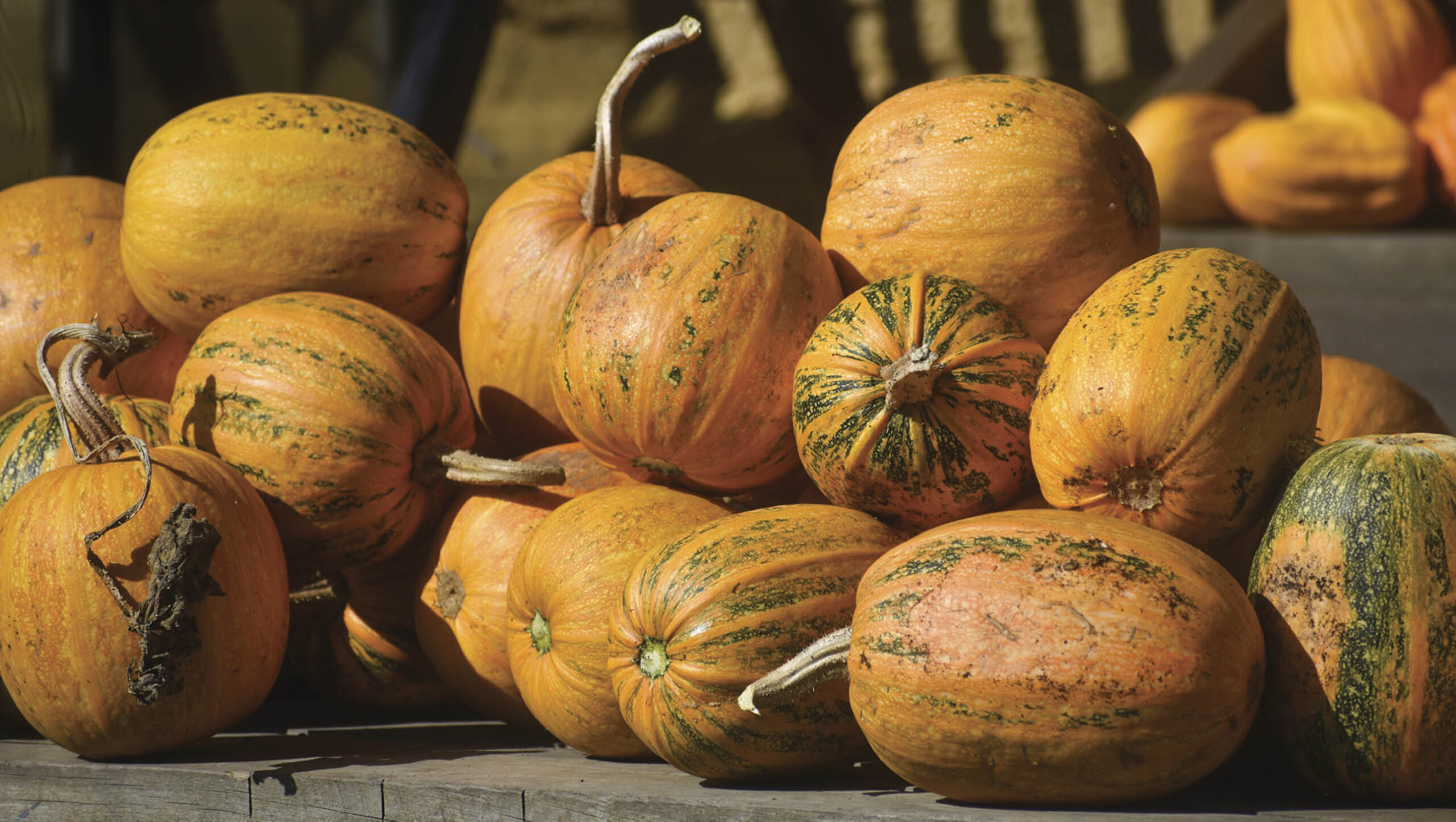Grow your own pepitas
2024-06-14T04:59:00+10:00
It’s easy to turn edible pumpkin seeds into a tasty snack – you just need the right varieties and these tips from Linda Cockburn.
Pepitas are a staple in our house. Lightly toast and salt them for a delicious sprinkle on salads, or throw them raw into homemade muesli, trail mixes, cakes, and biscuits. These seeds come from varieties of pumpkins with hull-less seeds, where only the inner green seed develops without the outer protective coat. Growing them is easy and it’s not difficult to harvest enough to last a year. When grown up the side of a fence or trellis to reduce the space they take up in smaller gardens, these pumpkins become a great addition to the food grower’s garden.
How to grow
As with any other pumpkin, the hull-less variety are best grown about a metre apart on mounds of deep, rich compost and kept moist. Since pumpkins dislike having their roots disturbed, it’s best to direct sow them in the garden. Plant in spring but wait until the soil is warm and the risk of frost has passed.
Sow three seeds in each mound. When the first true leaves appear, choose the strongest to grow and cut the remaining ones off at the base.
Drip irrigation is a good choice for pumpkins, it conserves water and avoids wetting the leaves, which are prone to fungal diseases such as powdery mildew.
This year we trained the vines over an arched pathway trellis so they’d take up minimal space and have good air flow. If growing them up a trellis, tie the developing fruits into cloth slings to support the stem, reducing the possibility they’ll break off.
We experimented with planting three in 50cm diameter pots, but despite constant watering they produced less than a third of the crop grown in the ground. It was a good lesson in how much water pumpkin leaves transpire a day.
What to grow
There are three varieties of pepita pumpkins available in Australia: all round, with orange-yellow green stripes:
- ‘Styrian Hulless’: This is the most common and the largest. It’s an Austrian heirloom that dates back to 1870 and weighs in at 3.5–5kg.
- ‘Kakai’: Developed from ‘Styrian Hulless,’ this pumpkin weighs around 3.5kg.
- ‘Lady Godiva’: Bred in the US, produces more small, ball-shaped fruits per plant, yet yields a similar amount of seed to ‘Kakai’.

Linda’s full article on growing and processing seeds for pepitas first appeared in our Spring 2023 issue (OG 144). For more organic growing ideas, get the latest issue of the magazine here.







